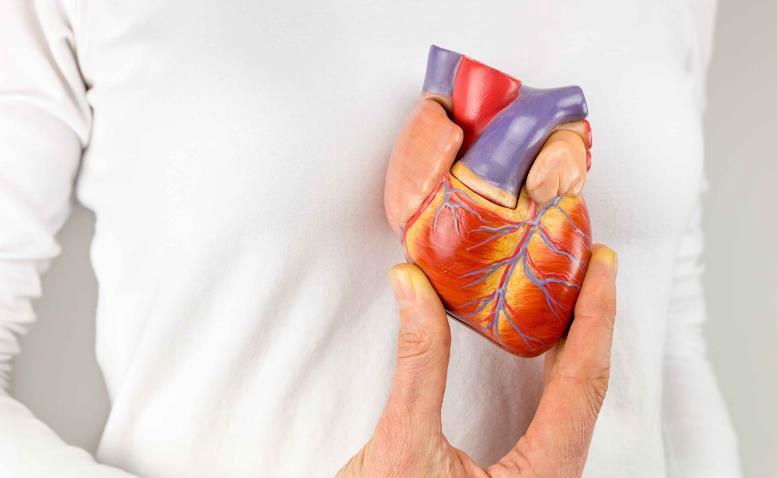干细胞治疗修复受损听力
近日,英国谢菲尔德大学Marcelo Rivolta教授带领的研究团队将人类的胚胎干细胞分化为止关重要的听觉细胞,从而治愈了耳聋的沙鼠。相关论文发表在9月12日的Nature杂志上。
耳聋主要是因为听觉毛细胞(sensory hair cell)或与之相作用的耳蜗螺旋神经节神经元(spiral ganglion neurons,SGNs)受损所致。SGNs负责将毛细胞接收的信号传递给大脑。听觉神经病变(auditory neuropathy)发病率最高,这类病人的毛细胞完好,但SGNs受损。尽管受损的毛细胞可以通过人工耳蜗移植治愈,但是SGNs的受损尚无法通过常规方法治疗。
在这一研究中,研究人员采用纤维母细胞生长因子(fibroblast growth factor)FGF3和FGF10将人胚胎干细胞诱导分化耳祖细胞(otic progenitors),进而分化为SGNs,而后移植到听觉神经病变的沙鼠中。10周以后,用电极测定大脑对于声音的反应,发现这些沙鼠的听力平均恢复了46%。所用声音大小在50分贝左右,相当于安静环境中的谈话声。
虽然这一方法尚无法应用于耳聋的人,但是为干细胞治疗耳聋开辟了道路。
编译自In gerbils, stem cells boost hopes of ending deafness
Nature原文:
Restoration of auditory evoked responses by human ES-cell-derived otic progenitors
Wei Chen,1, 2, 4 Nopporn Jongkamonwiwat,1, 2, 3, 4 Leila Abbas,1, 2 Sarah Jacob Eshtan,1, 2 Stuart L. Johnson,2 Stephanie Kuhn,2 Marta Milo,2 Johanna K. Thurlow,1, 2 Peter W. Andrews,1, 2 Walter Marcotti,2 Harry D. Moore1, 2 & Marcelo N. Rivolta1, 2
Deafness is a condition with a high prevalence worldwide, produced primarily by the loss of the sensory hair cells and their associated spiral ganglion neurons (SGNs)。 Of all the forms of deafness, auditory neuropathy is of particular concern. This condition, defined primarily by damage to the SGNs with relative preservation of the hair cells1, is responsible for a substantial proportion of patients with hearing impairment2. Although the loss of hair cells can be circumvented partially by a cochlear implant, no routine treatment is available for sensory neuron loss, as poor innervation limits the prospective performance of an implant3. Using stem cells to recover the damaged sensory circuitry is a potential therapeutic strategy. Here we present a protocol to induce differentiation from human embryonic stem cells (hESCs) using signals involved in the initial specification of the otic placode. We obtained two types of otic progenitors able to differentiate in vitro into hair-cell-like cells and auditory neurons that display expected electrophysiological properties. Moreover, when transplanted into an auditory neuropathy model, otic neuroprogenitors engraft, differentiate and significantly improve auditory-evoked response thresholds. These results should stimulate further research into the development of a cell-based therapy for deafness.
本站所注明来源为"爱爱医"的文章,版权归作者与本站共同所有,非经授权不得转载。
本站所有转载文章系出于传递更多信息之目的,且明确注明来源和作者,不希望被转载的媒体或个人可与我们
联系zlzs@120.net,我们将立即进行删除处理
- 相关阅读
- · 重磅!黑龙江省全面停止三级医院门诊输液
- · 2016中医助理医师笔试考试:五官科病证之耳聋、耳鸣
- · 什么是先天性风疹
- · 什么是先天性风疹?
- · 神经性耳聋的临床表现

